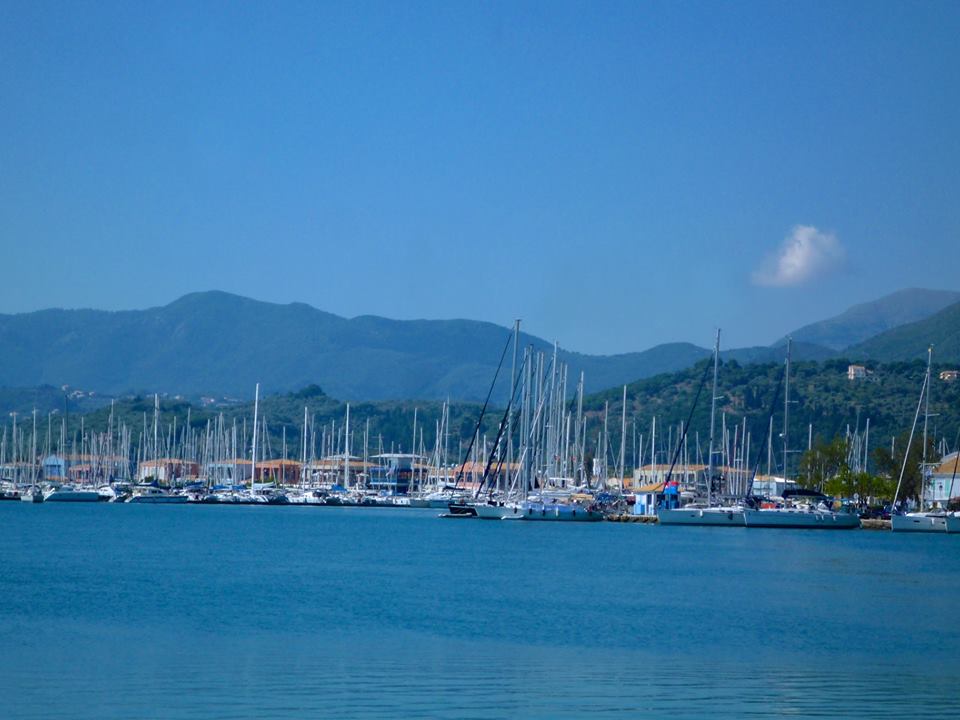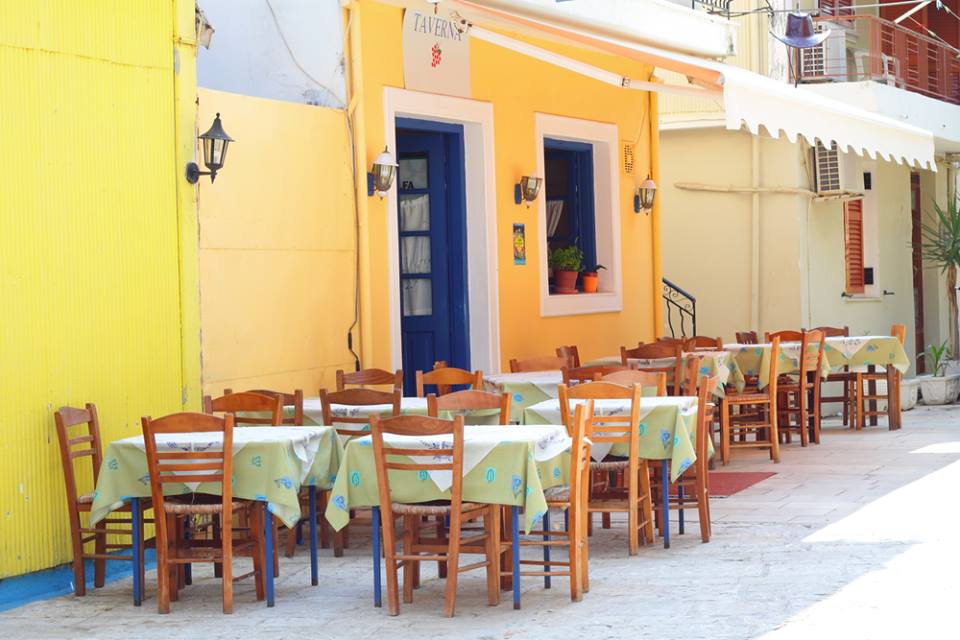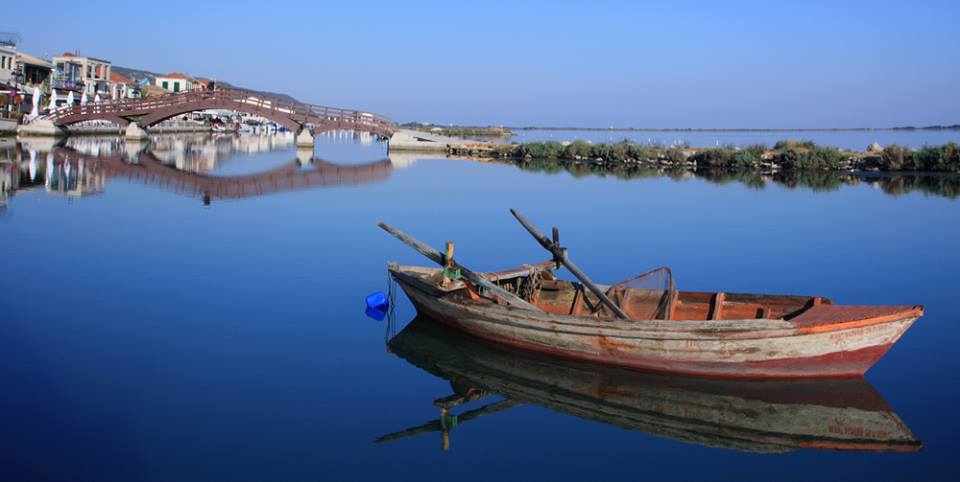About a 20-minute drive from Villa Gabriella is the town of Lefkada, the capital of the island. You’ll have come past the town when you first drove to Villa Gabriella shortly after crossing the bridge onto the island.
With a population of 14,000 the town is the commercial hub of the island with a thriving choice of shops and restaurants. The new marina and the old town quay flank the town and are a buzz of activity during the summer sailing season.
Despite the destruction of much of the town in the 1948 and 1950 earthquakes some traditional houses can still be found. Characterised by their brightly coloured wooden structures these houses are a vibrant reminder of the island’s past.
The main shopping street runs through the centre of the town to the harbour. It’s pedestrianised making for a relaxing stroll along the street. The evolution of the town means you’ll find a jumble of shops. Greengrocers alongside clothing boutiques and butchers and fishmongers rubbing shoulders with ironmongers and modern electronics stores. Interspersed amongst them all you’ll find numerous cafés where you can pass the time people watching over a cappuccino or the locally loved “Frappé”.
At the harbour end of the street you’ll find a concentration of restaurants and bars offering a wide choice of traditional and contemporary Greek cooking. There’s a strong emphasis on fresh local fish. And you can wash your meal down with a cold Greek beer or one of the good quality Lefkadian wines.
Given its relatively small size Lefkada lays on a surprising number of festivals and events throughout the year. Should you be lucky enough to be staying at Villa Gabriella whilst one of these is on then they are well worth a visit. In the summer you’ll find the festivals of Art and Literature and the Lefkada International Festival of Folklore and Dance. The latter attracts both performers and visitors from around the globe.
Within the town you’ll find the Archeological Museum with exhibits from excavations around the island that date back to the proto-Hellenic period and encompass the Roman era as well. Many of these were the proceeds of the work of Wilhelm Dörpfeld (see below).
Rather quirkily Lefakda also boasts a Gramophone Museum whose contents are, not surprisingly, centred on music. So if you hanker for the era before the ubiquitous iPod then this might just appeal!
Within the town you’ll also find a couple of historic churches. The Church of the Presentation of Virgin Mary was built in 1720, during the period of Venetian rule. Inside you’ll find interesting and historically significant hagiographies by Lefkadian artists from the early 19th century. Or try the Christou Pandokratora Church that dates from 1684 – built by the Venetians as a reminder of their victory against the Turks.
Venture a few kilometers outside the town and you’ll find the ruins of the ancient city of Nirikos, the island’s original capital, dating from the 2nd millennium BC. Nirikos is believed to have been a large city of significant economic importance in the region at the time. A new city was later built on the same site, taking the name Lefkas and becoming Lefkada’s capital in the 13th century.
Here today you can see the remains of old fortress’ walls; the ruins of a pre-Roman theatre; an aqueduct and parts of an ancient cemetery. These were largely uncovered by the German archeologist Wilhelm Dörpfeld (1853-1940). Dörpfeld was famous for his excavations around Greece but especially on Lefkada where he settled and eventually died. He spent much of his career trying to prove his theory that Homer’s epics were based on historical facts including that the bay of Nidri, was in fact Ithaca, home of Odysseus. For more information on Dörpfeld and his work see http://en.wikipedia.org/wiki/Wilhelm_Dörpfeld
Whether you are fascinated by ancient Greece and Greek legend; the Venetian period or the modern array of shops, restaurants and festivals that Lefkas has to offer then a day out in Lefkas town is a highly recommended part of your stay at Villa Gabriella.



